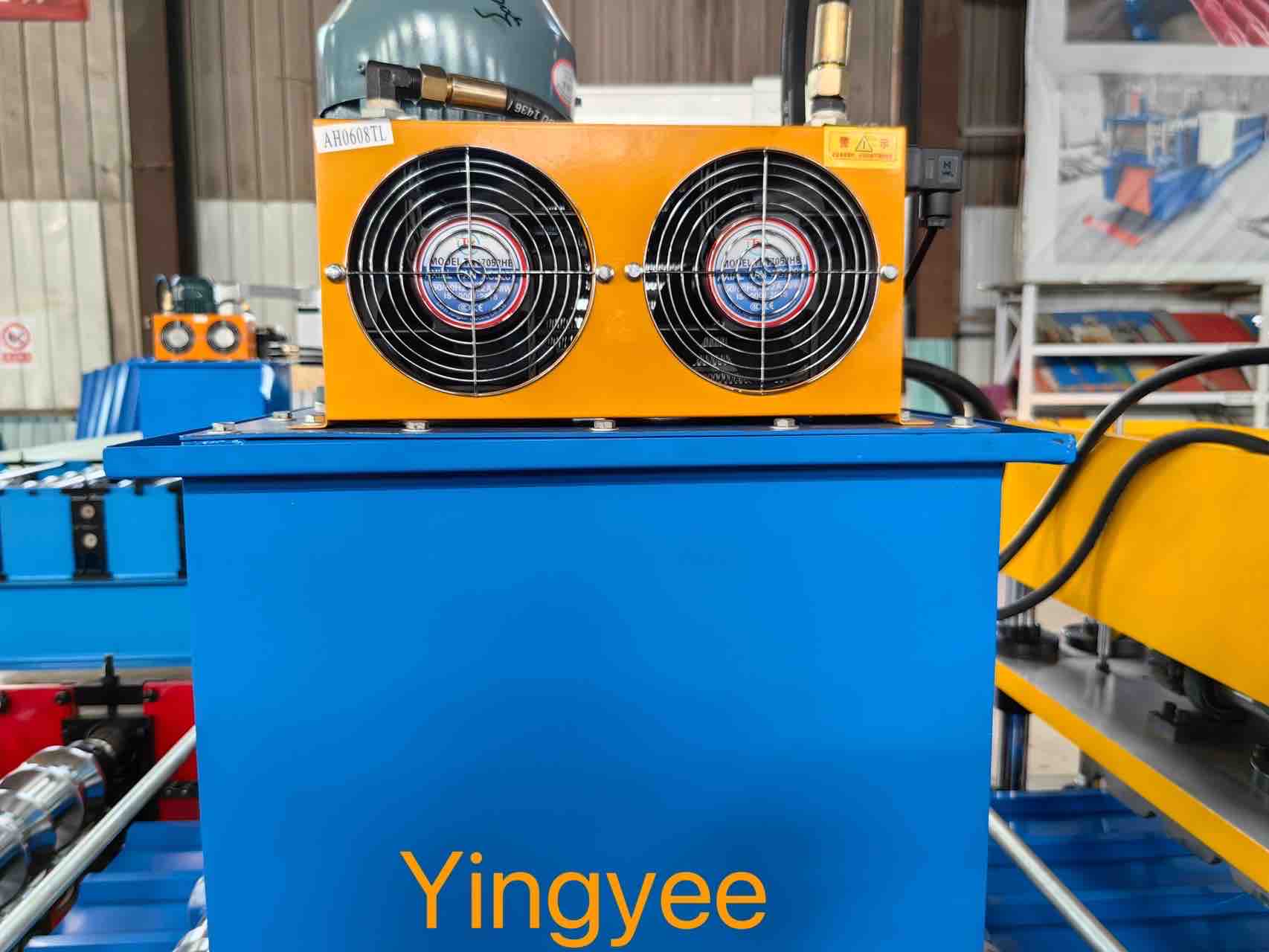
High Precision Straightening Machines Revolutionizing Leveling Processes
In various industrial applications, achieving precise shapes and tight tolerances in metal workpieces is vital for the overall quality and performance of finished products. The need for high-precision straightening machines and leveling machines has never been more prominent. These machines play a crucial role in ensuring that materials meet strict specifications and are free from defects that could compromise functionality.
Understanding High Precision Straightening Machines
High precision straightening machines are designed specifically to correct distortions in metal components. These distortions can arise from various manufacturing processes, such as casting, forging, or machining. The purpose of a straightening machine is to apply mechanical forces systematically to modify the shape of a workpiece and return it to its intended form.
The technology behind these machines utilizes several methods, including roller straightening, press straightening, and hydraulic systems. Roller straightening involves passing the workpiece through a series of rollers that apply opposing pressures to gradually adjust its shape. This scientifically calibrated approach ensures minimal stress is introduced to the material, preserving its properties while achieving the desired straightness.
Advantages of Using High Precision Straightening Machines
1. Enhanced Precision One of the primary advantages of using high precision straightening machines is their ability to achieve exceptional levels of accuracy. This is particularly important in sectors like aerospace, automotive, and manufacturing, where even minor deviations can lead to significant performance issues.
2. Increased Efficiency Modern straightening machines are equipped with advanced features like automated controls, sensors, and monitoring systems. These innovations allow for quicker processing times and reduced labor costs, translating into improved overall operational efficiency.
3. Material Integrity Maintaining the integrity of materials is a priority in any manufacturing process. These high precision machines are designed to ensure that materials are straightened without inducing stress concentrations that could lead to failure during later stages of processing or application.

4. Versatility High precision straightening machines can handle a wide range of materials, including steel, aluminum, and other alloys. They can be customized to accommodate various shapes and sizes, making them suitable for diverse applications across different industries.
The Role of Leveling Machines
While straightening machines specialize in rectifying distortions, leveling machines are essential for ensuring that surfaces are flat and uniform. Leveling machines work by applying pressure to the workpiece to eliminate warping and unevenness. This process involves the strategic application of force to achieve a flat surface according to specified tolerances.
Like straightening machines, leveling machines have seen significant advancements owing to technological improvements. Computer numerical control (CNC) technology has revolutionized the leveling process, allowing for tighter tolerances and the ability to handle complex geometries.
Applications Across Industries
Both high precision straightening and leveling machines find applications in a myriad of industries. In the automotive sector, these machines are critical in producing components such as frames, chassis, and other structural elements that require precise dimensions to ensure safety and performance. In the aerospace industry, where every gram matters, precision is equally vital in producing parts that meet stringent standards.
Moreover, the manufacturing of construction materials, machinery parts, and consumer products also benefits significantly from these technological advancements. Engineers and manufacturers leverage high precision straightening and leveling machines to enhance product quality, reduce waste, and optimize production processes.
Conclusion
The evolution of high precision straightening machines and leveling machines marks a significant milestone in manufacturing technology. With their ability to achieve exceptional precision, improve efficiency, and maintain material integrity, these machines have become indispensable tools in modern manufacturing. As industries continue to demand higher performance and tighter tolerances, the importance of these precision engineering tools will only grow, shaping the future of production across various sectors. Embracing these advancements will undoubtedly lead to enhanced product quality and reliability in an increasingly competitive global marketplace.